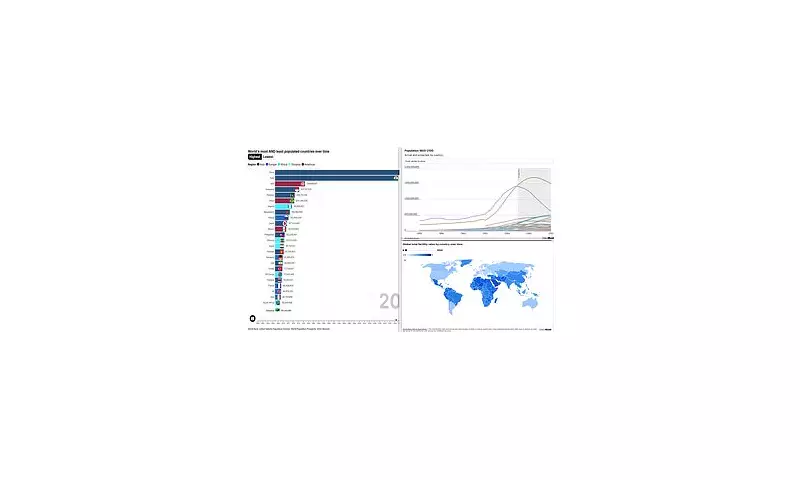
The world's population continues to evolve in unexpected ways, with 2024 bringing fresh insights into demographic shifts, migration patterns, and economic impacts. Newly released data highlights which nations are booming—and which are facing alarming declines.
Key Findings from the 2024 Population Report
The latest figures reveal:
- Global growth slowdown: While the planet's population still increases, the rate is declining faster than many experts predicted.
- Fertility collapse in developed nations: Countries like Japan and Italy now have birth rates far below replacement levels, triggering economic concerns.
- Africa's surge: Sub-Saharan Africa dominates growth charts, with Nigeria on track to become the world's third-most populous country by 2050.
- Urbanisation acceleration: Over 60% of humanity now lives in cities, reshaping infrastructure demands globally.
Interactive Maps Show Stark Contrasts
New visualisations highlight dramatic disparities:
- Europe's ageing populations appear in deep blues, with median ages exceeding 40 in most nations.
- Vibrant reds and oranges across Africa illustrate youth-dominated demographics, where under-25s often exceed 60% of populations.
- Migration flow arrows reveal new patterns, particularly increased movement from Latin America to North America.
What This Means for Global Economics
Demographers warn these trends will reshape:
- Workforce dynamics: Labour shortages in ageing nations may clash with youth unemployment crises elsewhere.
- Healthcare systems: Geriatric care needs explode in some regions while others struggle with maternal health capacity.
- Political power: UN voting blocs could realign as population weights shift dramatically by 2100.
The full dataset provides crucial insights for policymakers, economists, and anyone interested in humanity's future trajectory.





